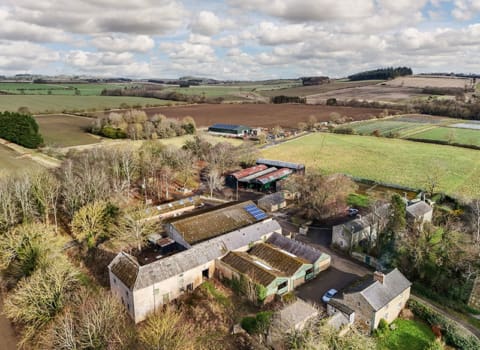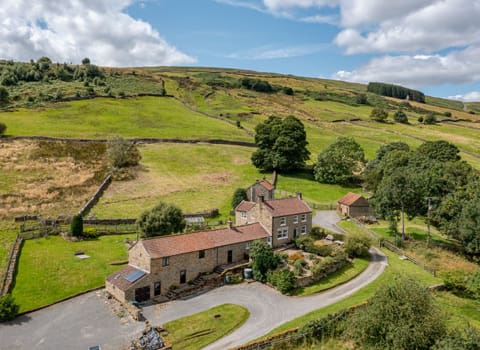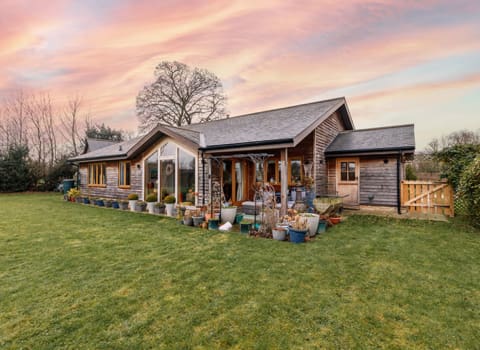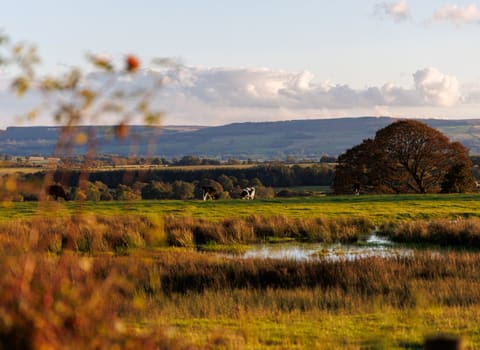Contact our offices
Main office
COLBURN
5 & 6 BAILEY COURT
COLBURN BUSINESS PARK
RICHMOND
NORTH YORKSHIRE
DL9 4QL
Estate Agency Offices are located in
BARNARD CASTLE, BOROUGHBRIDGE & RICHMOND
Residential Management Team
Our Offices
- Alnwick
01665 568310
Email Officealnwick@gscgrays.co.uk - Barnard Castle
01833 637000
Email Officebarnardcastle@gscgrays.co.uk - Boroughbridge
01423 590500
Email Officeboroughbridge@gscgrays.co.uk - Chester-Le-Street
0191 3039540
Email Officechester-le-street@gscgrays.co.uk - Colburn
01748 897630
Email Officecolburn@gscgrays.co.uk - Driffield
01377 337180
Email Officedriffield@gscgrays.co.uk - Hamsterley
01388 487000
Email Officehamsterley@gscgrays.co.uk - Hexham
01434 611565
Email Officehexham@gscgrays.co.uk - Kirkby Lonsdale
01524 880320
Email Officekirkbylonsdale@gscgrays.co.uk - Penrith
01768 597005
Email Officepenrith@gscgrays.co.uk
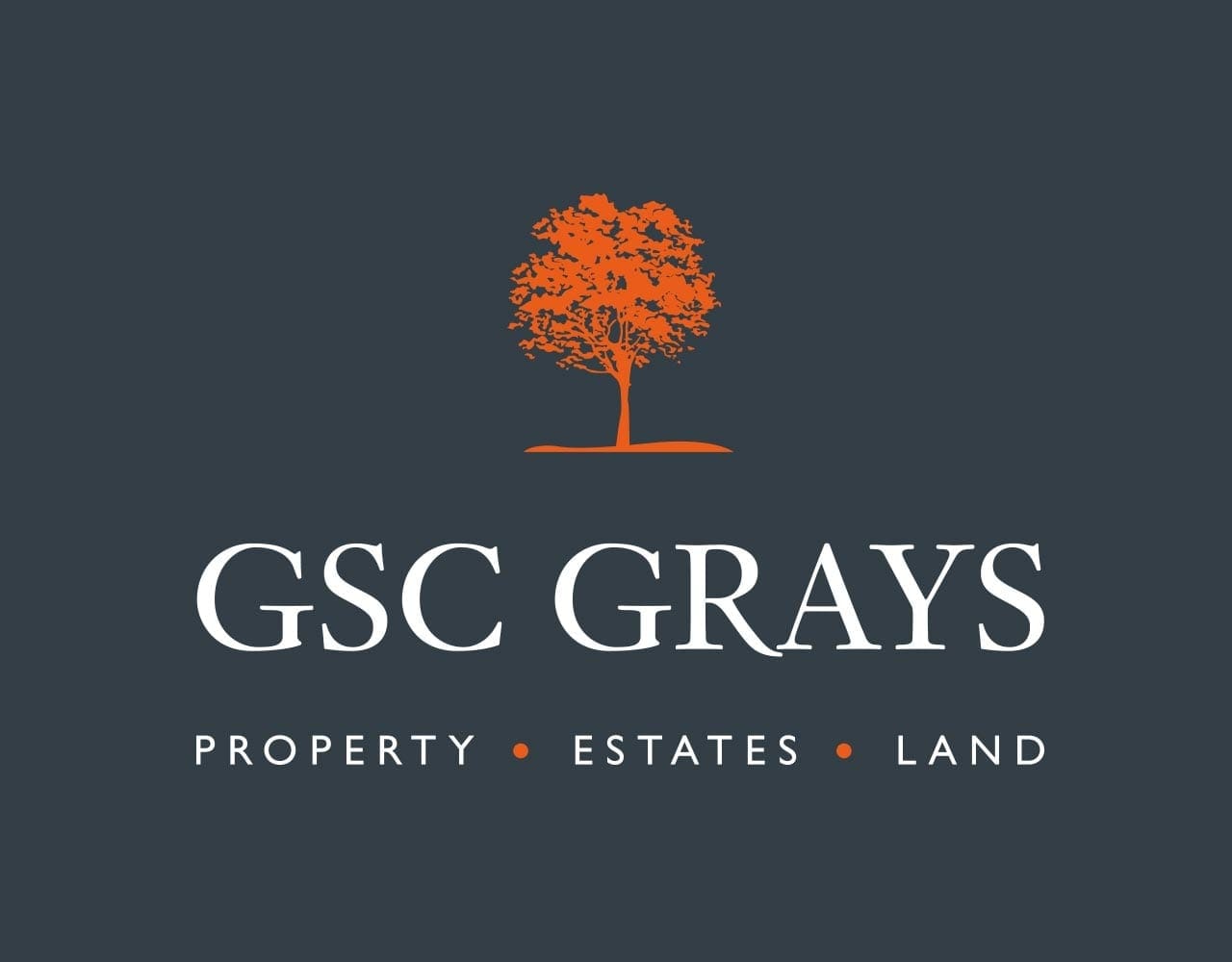
Selling Land for Development – “Optimizing the Returns”
Selling land for development is often a once in a lifetime opportunity, for landowners and farmers, and requires careful consideration and deliberation, in order to ensure that returns are optimized.
It is well documented that there is a national shortage of new homes being built in the United Kingdom, with approximately 140,660 houses constructed in 2016, according to DCLG, as opposed to the Government target of 300,000 houses, leading to a significant housing gap. This shortfall of housing provision in itself potentially provides significant opportunities for farmers and landowners particularly where landholdings adjoin the urban fringe and existing settlements (cities, towns and larger villages) or include brownfield sites in sustainable and accessible locations.
In the first instance, it is prudent to clarify the current planning status of the land and the Local Authority’s Local Plan policies, site allocations and housing targets. If the Core Strategy/Local Plan is open to consultation and submissions (Strategic Housing Land Availability Assessments/Call for Sites) it provides an opportunity for the land to be promoted through the planning system. The National Planning Policy Framework (NPPF) requires local authorities to provide a 5 year housing supply and in many instances they are unable to demonstrate this.
There are several approaches to selling land for development, the most common of which include:
- An Option Agreement.
- Promotion Agreement.
- Conditional Contract.
- Joint Venture/Collaboration
- Clawback/overage clauses
- Securing an Allocation and Planning Permission.
All the aforementioned, have their merits and drawbacks, and it is important that a holistic approach is taken to determine which is the most suitable method, depending on the particular circumstances.
Option Agreement:
Option agreements are widely advocated by developers and housebuilders. Generally under an option the developer enters an agreement with the landowner typically for a period of 2 to 10 years, reflecting the anticipated time required to secure planning permission although they often include a right to re-new/extend if necessary. The developer will take the site forward at their own risk, and will be responsible for the costs of promoting the site, planning consultants fees, architects, environmental, highways, ecological, archaeological and associated survey costs. The landowner is paid an option fee for entering the agreement and agrees to grant the developer a right to buy the land on planning permission being obtained typically at 80% to 90% of Market Value reflecting the risk and costs the developer has incurred.
From the landowner’s perspective, entering an option agreement is a risk averse strategy and is at no cost to them with their legal and professional costs covered by the developer. However, it is essential that the developer proactively promotes the site and uses their best endeavours to secure planning consent for it, and does not simply landbank it and promote their own sites elsewhere!
It is essential that the land is valued when planning consent is granted, and to have recourse to a third party for resolution in the event of a dispute. In order to mitigate the risk of the landowner being exploited by the developer a minimum land value per acre/plot (index linked) should be secured, the gross/net developable area agreed, development scheme details, S106/Affordable housing provisions and costs approved.
Consideration should also be given to any marriage or synergistic value of adjacent development sites and the use of ransom strips to safeguard the landowner’s position.
Rights should be reserved for the planning consent, plans and surveys to be transferred to the landowner in the event the developer does not wish to proceed with the purchase of the land.
Developers will inevitably want to buy land as cheap as possible, and will look to offset as many costs against the value of the land as possible so agreeing the scheme and a schedule of costs can be of benefit in avoiding future disputes. As developers can revise the planning application at a later date to potentially a more profitable scheme safeguards should also be put in place to protect the landowner.
Promotion Agreement:
As the name suggests promotion agreements entail land being promoted for development by a promoter. The reward for their risk and investment in promoting the land is to take a percentage of the sale price when it is sold on the open market although in some instances, promoters will accept a fixed payment / lump sum. Unlike, an option agreement, the land is normally put to the open market with the benefit of planning permission and its Market Value tested.
The cost of entering a promotion agreement can typically be between 15% and 20% of the sale price achieved. As the promoter is paid from the proceeds of sale, their interests are aligned with the landowner which is different from an option where the parties have opposing views on value.
Conditional Contract:
Under a conditional contract, the landowner enters a contract with a developer / house builder and is legally bound to buy the land when a satisfactory planning permission is obtained and the contract conditions are satisfied. Generally, the contract will specify a fixed price for the land upon planning permission being granted, subject to some deductions and a minimum price..
Such agreements can prove popular as they should provide certainty to both parties as to the value of the land without the risk of protracted disputes. That said, conventionally developers will look to pay for development land based on the net developable acreage. Developers inevitably try to maximize exclusions from the development area (public open space/play area provision/community, education/health facilities, infrastructure etc) which can have a fundamental impact on the end site value.
Abnormal costs are also an issue that landowners need to be aware of, as developers will use these and any adverse conditions to reduce the land value further. It is essential that legal and professional advice is sought and any deductions are both fair and reasonable.
Joint Venture/Collaboration Agreements:
JV/Collaborative agreements entail the landowner and developer working together on a joint basis with the costs and profits shared between the parties on a pre-determined basis. These are rare given the complexity of the arrangements which need to be put in place.
Overage/Clawback provisions:
Overage clauses are used commonly where land with longer term development potential is sold. They can typically range from 5 years up to the perpetuity period of 80 years with anything between 20% and 80% of the future uplift in value being reserved to the vendor on planning consent being granted.
Planning Permission:
An alternative but more costly strategy is for the landowner to employ their own planning consultant and to promote the land for inclusion in the Local Plan or obtain planning permission themselves.
Applying for outline planning permission is far more cost effective than applying for full/detailed planning consent. Furthermore it is unlikely that a detailed consent would be suitable from a house builders / developer’s perspective due to the desire to use their own house types and site layout.
Obtaining planning permission yourself should not be considered lightly and whilst it provides the greatest financial returns it carries the highest risk. Depending on the size and complexity of the site, the costs can run from tens of thousands of pounds to hundreds of thousands and there is no guarantee that planning consent will ultimately be obtained!
Valuation:
Development land is generally valued using a residual method, which is supported by comparable sales transactions. Very simplistically, the value of land is based on the value of the completed homes to be built referred to as the Gross Development Value (GDV), less construction costs, professional fees, finance and developer’s profit (typically 20% of the GDV) leaving the residual site value.
Historically, the old rule of thumb was that the land value equated to one third of the Gross Development Value, leaving the remaining two thirds as development costs and profits. In reality matters are more complex and variable, reflecting the number and type of dwellings, build/infrastructure costs, remediation, community infrastructure levies, affordable housing provision and finance costs.
Whilst planning remains the main bone of contention for housebuilders and developers increased build costs, inflation, affordable housing provision/commuted sums/levies and labour availability are increasingly having an impact on development profitability and land values.
Summary:
Selling land for development can be highly lucrative and potentially life changing, but there are risks attached and much will depend on your own personal circumstances and objectives, timescales, tax position and attitude to risk.
The appropriate due diligence should always be undertaken to ensure that there are no encumbrances or restrictions that could impact on the development of the land and as a consequence its value.
As well as obtaining professional Land Agency advice to ensure best value is obtained, it is imperative that legal and tax advice is sought from the outset to ensure the most appropriate structure for the disposal is put in place.
[team-member name=”Ashley Dodgson”]


